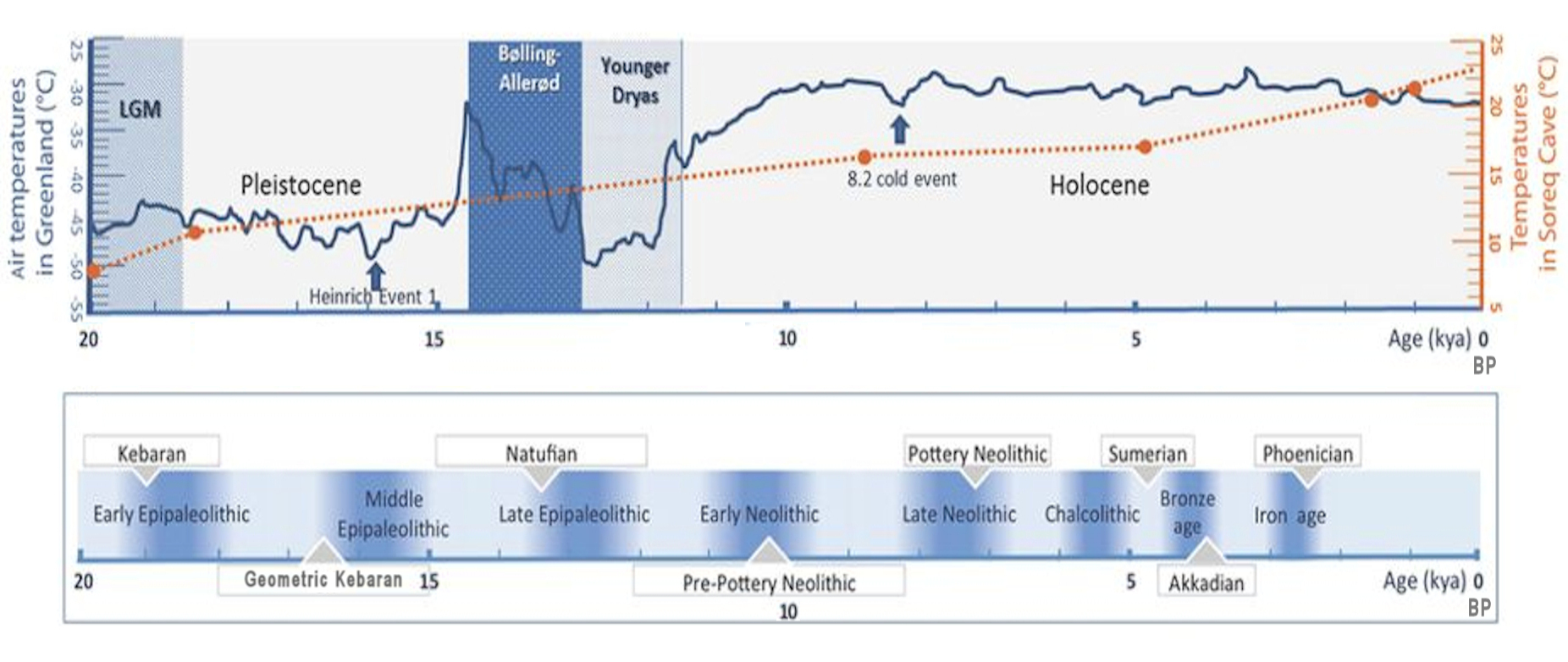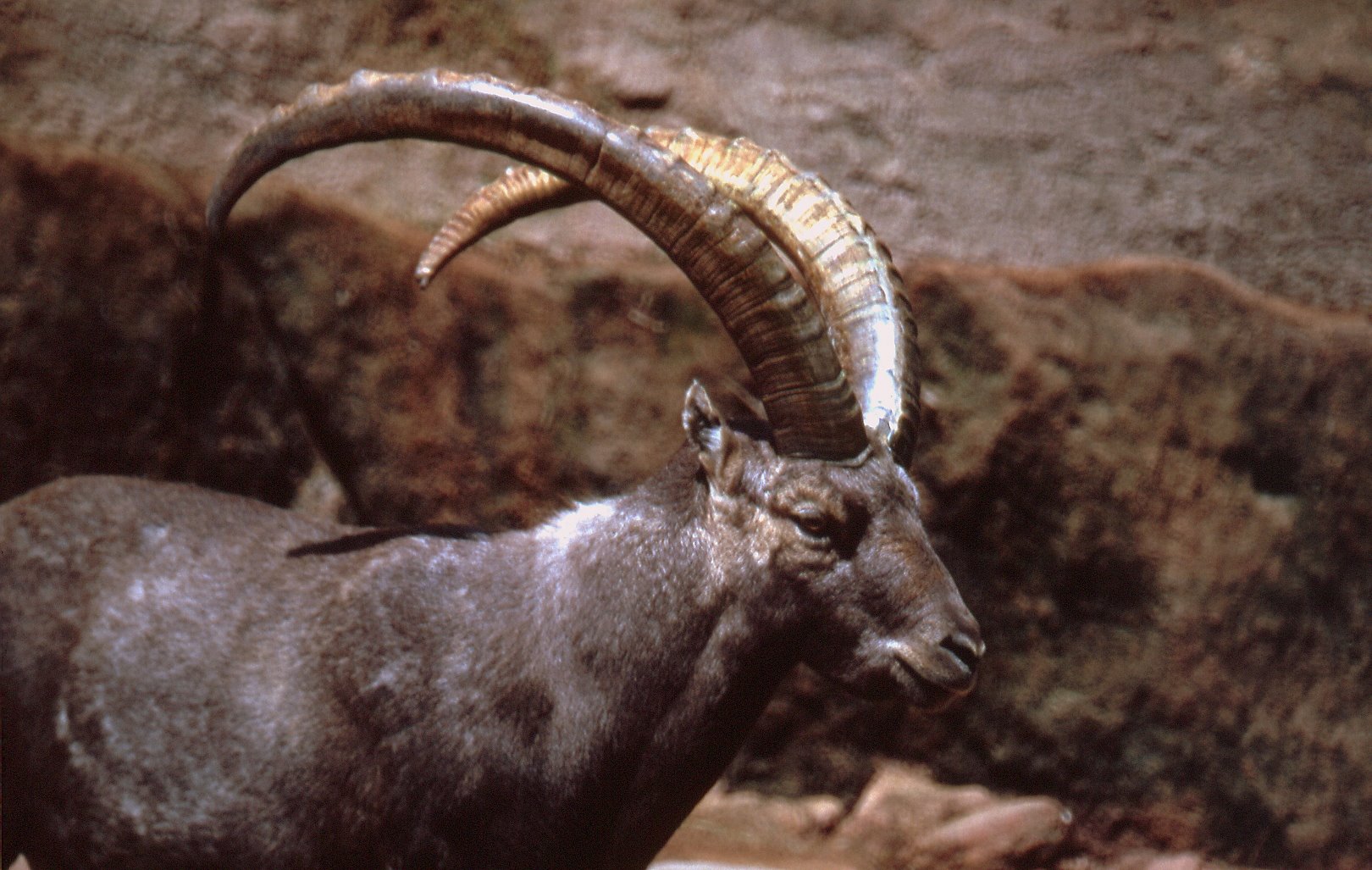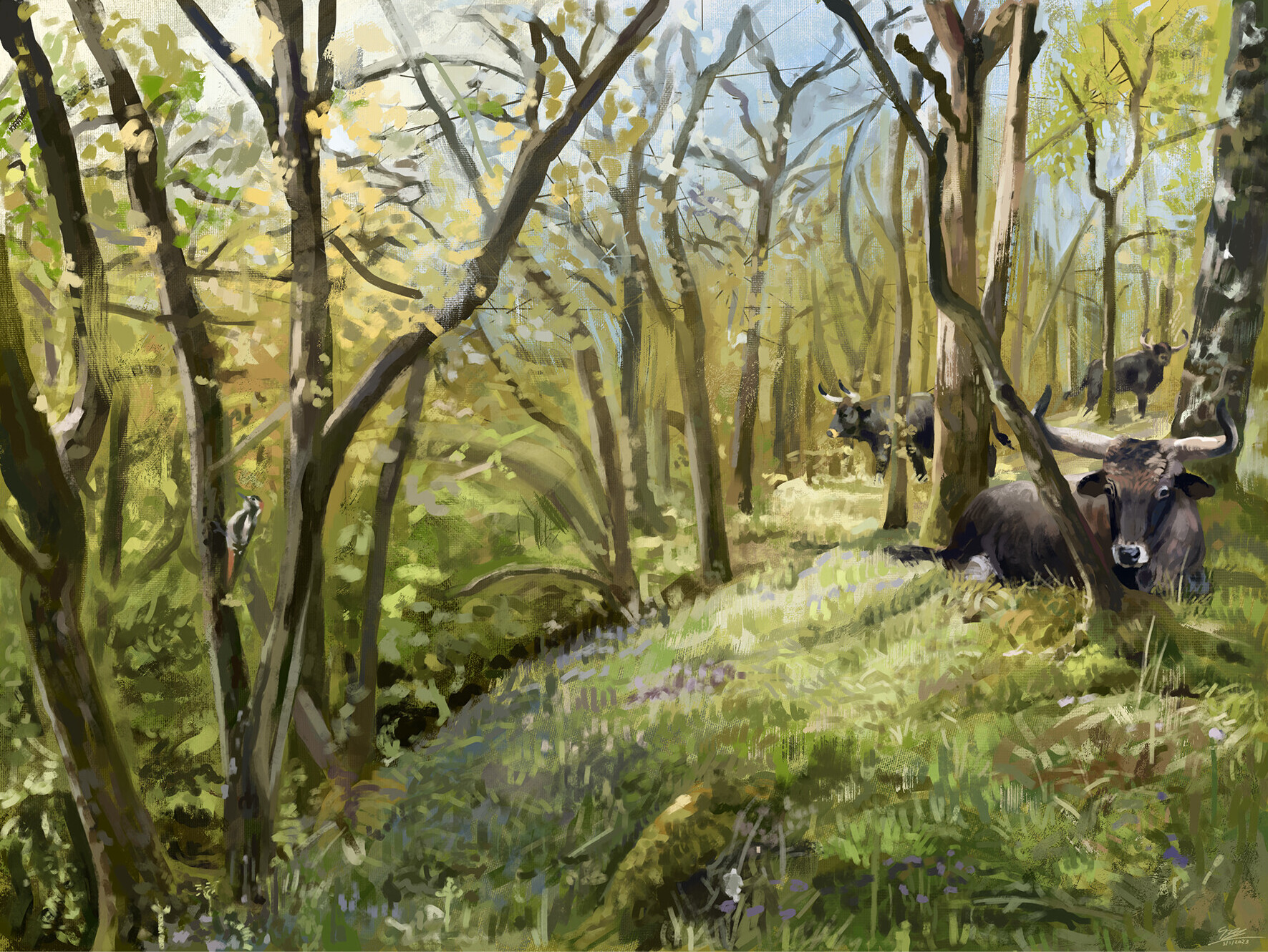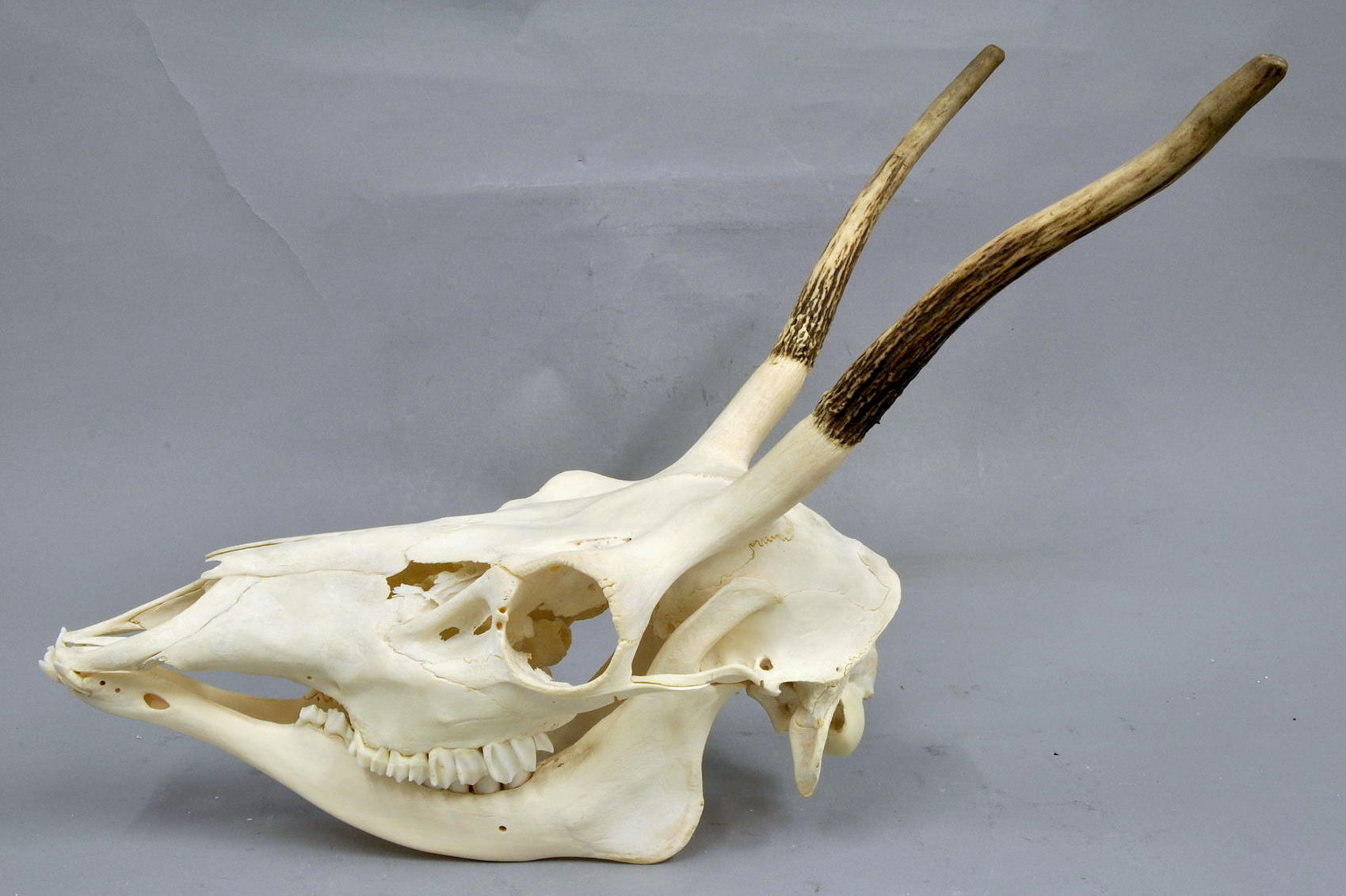|
Asturian Culture
The Asturian culture is an Epipalaeolithic or Mesolithic archaeological culture identified by a single form of artefact: the Asturian pick-axe, and found only in coastal locations of Iberia, especially in Eastern Asturias and Western Cantabria. It is believed that the Asturian tool was used for seafood gathering, and the sites where they are found are associated with very large shell-middens (''concheros'' in Spanish), which can fill caves to the ceiling. In other respects the culture is similar to the preceding Azilian of the area, which also extended further to the east along the coast. Whether there is an overlap in dating between Azilian and Asturian sites has been much discussed. Two ''concheros'' begin at 9280±440 BP, whereas Azilian dates come to an end after about 9500 BP. End dates for ''concheros'' include 7000 and 6500 BP. Way of life The Asturian pick-axe tool is made from quartzite cobbles on average 8.5 cm long, which have been given a point at one end, whi ... [...More Info...] [...Related Items...] OR: [Wikipedia] [Google] [Baidu] |
Epipalaeolithic
In archaeology, the Epipalaeolithic or Epipaleolithic (sometimes Epi-paleolithic etc.) is a period occurring between the Upper Paleolithic and Neolithic during the Stone Age. Mesolithic also falls between these two periods, and the two are sometimes confused or used as synonyms. More often, they are distinct, referring to approximately the same period of time in different geographic areas. Epipaleolithic always includes Epipalaeolithic Near East, this period in the Levant and, often, the rest of the Near East. It sometimes includes parts of Southeast Europe, where Mesolithic is much more commonly used. Mesolithic very rarely includes the Levant or the Near East; in Europe, Epipalaeolithic is used, though not very often, to refer to the early Mesolithic. The Epipalaeolithic has been defined as the "final Upper Palaeolithic industries occurring at the end of the final Last glacial period, glaciation which appear to merge technologically into the Mesolithic". The period is general ... [...More Info...] [...Related Items...] OR: [Wikipedia] [Google] [Baidu] |
Oyster
Oyster is the common name for a number of different families of salt-water bivalve molluscs that live in marine or brackish habitats. In some species, the valves are highly calcified, and many are somewhat irregular in shape. Many, but not all oysters, are in the superfamily Ostreoidea. Some species of oyster are commonly consumed and are regarded as a delicacy in some localities. Some types of pearl oysters are harvested for the pearl produced within the mantle. Others, such as the translucent Windowpane oysters, are harvested for their shells. Etymology The word ''oyster'' comes from Old French , and first appeared in English during the 14th century. The French derived from the Latin , the feminine form of , which is the Latinisation (literature), latinisation of the Ancient Greek () 'oyster'. Compare () 'bone'. Types True oysters True oysters are members of the family Ostreidae. This family includes the edible oysters, which mainly belong to the genera '' ... [...More Info...] [...Related Items...] OR: [Wikipedia] [Google] [Baidu] |
Archaeological Cultures Of Europe
Archaeology or archeology is the study of human activity through the recovery and analysis of material culture. The archaeological record consists of Artifact (archaeology), artifacts, architecture, biofact (archaeology), biofacts or ecofacts, archaeological site, sites, and cultural landscapes. Archaeology can be considered both a social science and a branch of the humanities. It is usually considered an independent academic discipline, but may also be classified as part of anthropology (in North America – the four-field approach), history or geography. The discipline involves Survey (archaeology), surveying, Archaeological excavation, excavation, and eventually Post excavation, analysis of data collected, to learn more about the past. In broad scope, archaeology relies on cross-disciplinary research. Archaeologists study human prehistory and history, from the development of the first stone tools at Lomekwi in East Africa 3.3 million years ago up until recent decades. A ... [...More Info...] [...Related Items...] OR: [Wikipedia] [Google] [Baidu] |
Mesolithic Cultures Of Europe
The Mesolithic (Greek: μέσος, ''mesos'' 'middle' + λίθος, ''lithos'' 'stone') or Middle Stone Age is the Old World archaeological period between the Upper Paleolithic and the Neolithic. The term Epipaleolithic is often used synonymously, especially for outside northern Europe, and for the corresponding period in the Levant and Caucasus. The Mesolithic has different time spans in different parts of Eurasia. It refers to the final period of hunter-gatherer cultures in Europe and the Middle East, between the end of the Last Glacial Maximum and the Neolithic Revolution. In Europe it spans roughly 15,000 to 5,000 BP; in the Middle East (the Epipalaeolithic Near East) roughly 20,000 to 10,000 BP. The term is less used of areas farther east, and not at all beyond Eurasia and North Africa. The type of culture associated with the Mesolithic varies between areas, but it is associated with a decline in the group hunting of large animals in favour of a broader hunter-ga ... [...More Info...] [...Related Items...] OR: [Wikipedia] [Google] [Baidu] |
Epipalaeolithic Cultures
In archaeology, the Epipalaeolithic or Epipaleolithic (sometimes Epi-paleolithic etc.) is a period occurring between the Upper Paleolithic and Neolithic during the Stone Age. Mesolithic also falls between these two periods, and the two are sometimes confused or used as synonyms. More often, they are distinct, referring to approximately the same period of time in different geographic areas. Epipaleolithic always includes this period in the Levant and, often, the rest of the Near East. It sometimes includes parts of Southeast Europe, where Mesolithic is much more commonly used. Mesolithic very rarely includes the Levant or the Near East; in Europe, Epipalaeolithic is used, though not very often, to refer to the early Mesolithic. The Epipalaeolithic has been defined as the "final Upper Palaeolithic industries occurring at the end of the final glaciation which appear to merge technologically into the Mesolithic". The period is generally dated from BP to 10,000 BP in th ... [...More Info...] [...Related Items...] OR: [Wikipedia] [Google] [Baidu] |
History Of Asturias
The History of Asturias includes everything from when the Paleolithic tribes settled in the Cantabrian Coast to the modern post-industrial society of today. On the etymology of the term "Asturias", some think that its origin can be traced back to the name of the Astura river (today the Esla (river), Esla river), whose inhabitants were called "astures" by the Roman authors. Prehistory Paleolithic Asturias was inhabited by humans since the Lower Paleolithic (100,000 years ago), from the Acheulean to the Mousterian. There are Rock art, rock paintings that date back 30,000 years and correspond to the Solutrean, Magdalenian, and Aurignacian cultures of the Upper Paleolithic and typical of both the peoples of the Cantabrian Mountains and Southern France. From the sites known to date, it is believed that the first settlers of Asturias inhabited the Cantabrian Sea, Cantabrian coast and the river valleys: the Pindal caves, Spain, Pindal caves (Ribadedeva), Posada, Tito Bustillo Cav ... [...More Info...] [...Related Items...] OR: [Wikipedia] [Google] [Baidu] |
Hugo Obermaier
Hugo Obermaier (29 January 1877, in Regensburg – 12 November 1946, in Fribourg) was a distinguished Spanish-German prehistorian and anthropologist who taught at various European centres of learning. Although he was born in Germany, he was later naturalized as a Spanish citizen in 1924. He is particularly associated with his work on the diffusion of mankind in Europe during the Ice Age, and in connection with north Spanish cave art, and resisted placing his science at the disposal of nationalistic and racialist interests in the Germany of the 1930s.This article is translated from the German Wikipedia, August 2008. The principal source is the biography by the Hugo Obermaier Society for Palaolithic Research, indicated among the external links Career Hugo Obermaier spent his childhood and the early part of his student years in Regensburg. In 1900 he was ordained as a diocesan priest and between 1901 and 1904 he studied in Vienna the subjects of Prehistoric archaeology, physical g ... [...More Info...] [...Related Items...] OR: [Wikipedia] [Google] [Baidu] |
Ibex
An ibex ( : ibex, ibexes or ibices) is any of several species of wild goat (genus ''Capra''), distinguished by the male's large recurved horns, which are transversely ridged in front. Ibex are found in Eurasia, North Africa and East Africa. Taxonomy The name ''ibex'' comes from Latin, borrowed from Iberian or Aquitanian, akin to Old Spanish ''bezerro'', 'bull', modern Spanish ''becerro'', 'yearling'. Ranging in height from and weighing for males, ibex can live up to 20 years. Three closely related varieties of goats found in the wild are not usually called ibex: the markhor, western tur, and eastern tur. A male ibex is referred to as a buck, a female is a doe, and young juveniles are called kids. An ibex buck is commonly larger and heavier than a doe. The most noticeable difference between the sexes is the larger size of a buck's horns. The doe grows a pair of smaller, thinner horns which develop considerably more slowly than those of a buck. The ibex's horns appear at ... [...More Info...] [...Related Items...] OR: [Wikipedia] [Google] [Baidu] |
Aurochs
The aurochs (''Bos primigenius''; or ; pl.: aurochs or aurochsen) is an extinct species of Bovini, bovine, considered to be the wild ancestor of modern domestic cattle. With a shoulder height of up to in bulls and in cows, it was one of the largest herbivores in the Holocene; it had massive elongated and broad horns that reached in length. The aurochs was part of the Pleistocene megafauna. It probably evolved in Asia and migrated west and north during warm interglacial periods. The oldest-known aurochs fossils date to the Middle Pleistocene. The species had an expansive range spanning from Western Europe and North Africa to the Indian subcontinent and East Asia. The distribution of the aurochs progressively contracted during the Holocene due to habitat loss and hunting, with the last known individual dying in the Jaktorów forest in Poland in 1627. There is a long history of interaction between aurochs and humans, including archaic hominins like Neanderthals. The aurochs ... [...More Info...] [...Related Items...] OR: [Wikipedia] [Google] [Baidu] |
Wild Boar
The wild boar (''Sus scrofa''), also known as the wild swine, common wild pig, Eurasian wild pig, or simply wild pig, is a Suidae, suid native to much of Eurasia and North Africa, and has been introduced to the Americas and Oceania. The species is now one of the widest-ranging mammals in the world, as well as the most widespread Suina, suiform. It has been assessed as least concern on the IUCN Red List due to its wide range, high numbers, and adaptability to a diversity of habitats. It has become an invasive species in part of its introduced range. Wild boars probably originated in Southeast Asia during the Early Pleistocene and outcompeted other suid species as they spread throughout the Old World. , up to 16 subspecies are recognized, which are divided into four regional groupings based on skull height and lacrimal bone length. The species lives in matriarchal societies consisting of interrelated females and their young (both male and female). Fully grown males are usually s ... [...More Info...] [...Related Items...] OR: [Wikipedia] [Google] [Baidu] |
Red Deer
The red deer (''Cervus elaphus'') is one of the largest deer species. A male red deer is called a stag or Hart (deer), hart, and a female is called a doe or hind. The red deer inhabits most of Europe, the Caucasus Mountains region, Anatolia, Iran, and parts of western Asia. It also inhabits the Atlas Mountains of Northern Africa, being the only living species of deer to inhabit Africa. Red deer have been introduced to other areas, including Australia, New Zealand, the United States, Canada, Peru, Uruguay, Chile and Argentina. In many parts of the world, the meat (venison) from red deer is used as a food source. The red deer is a ruminant, characterized by a four-chambered stomach. Genetics, Genetic evidence indicates that the red deer, as traditionally defined, is a species group, rather than a single species, though exactly how many species the group includes remains disputed. The ancestor of the red deer probably originated in central Asia. Although at one time red deer were ... [...More Info...] [...Related Items...] OR: [Wikipedia] [Google] [Baidu] |






